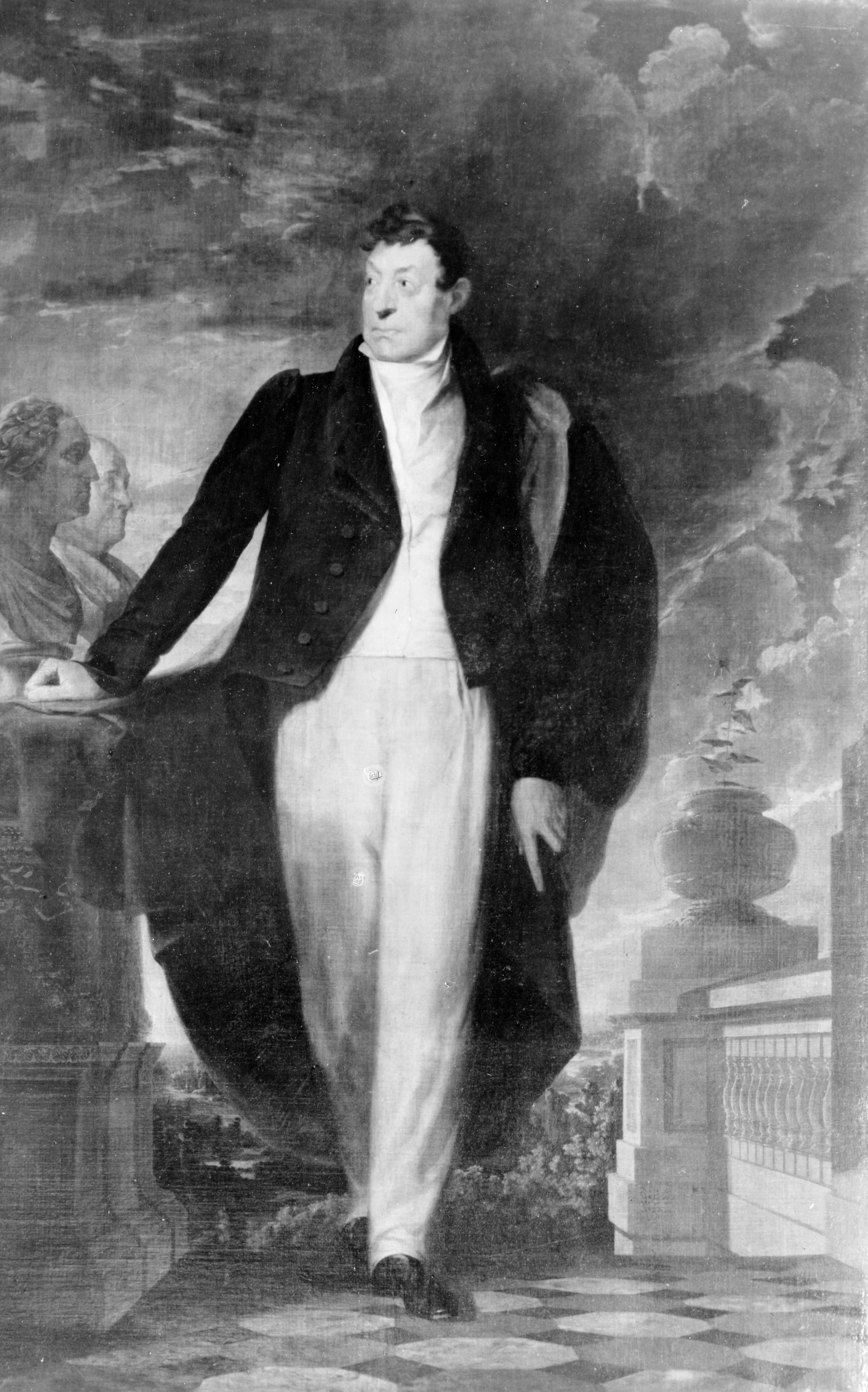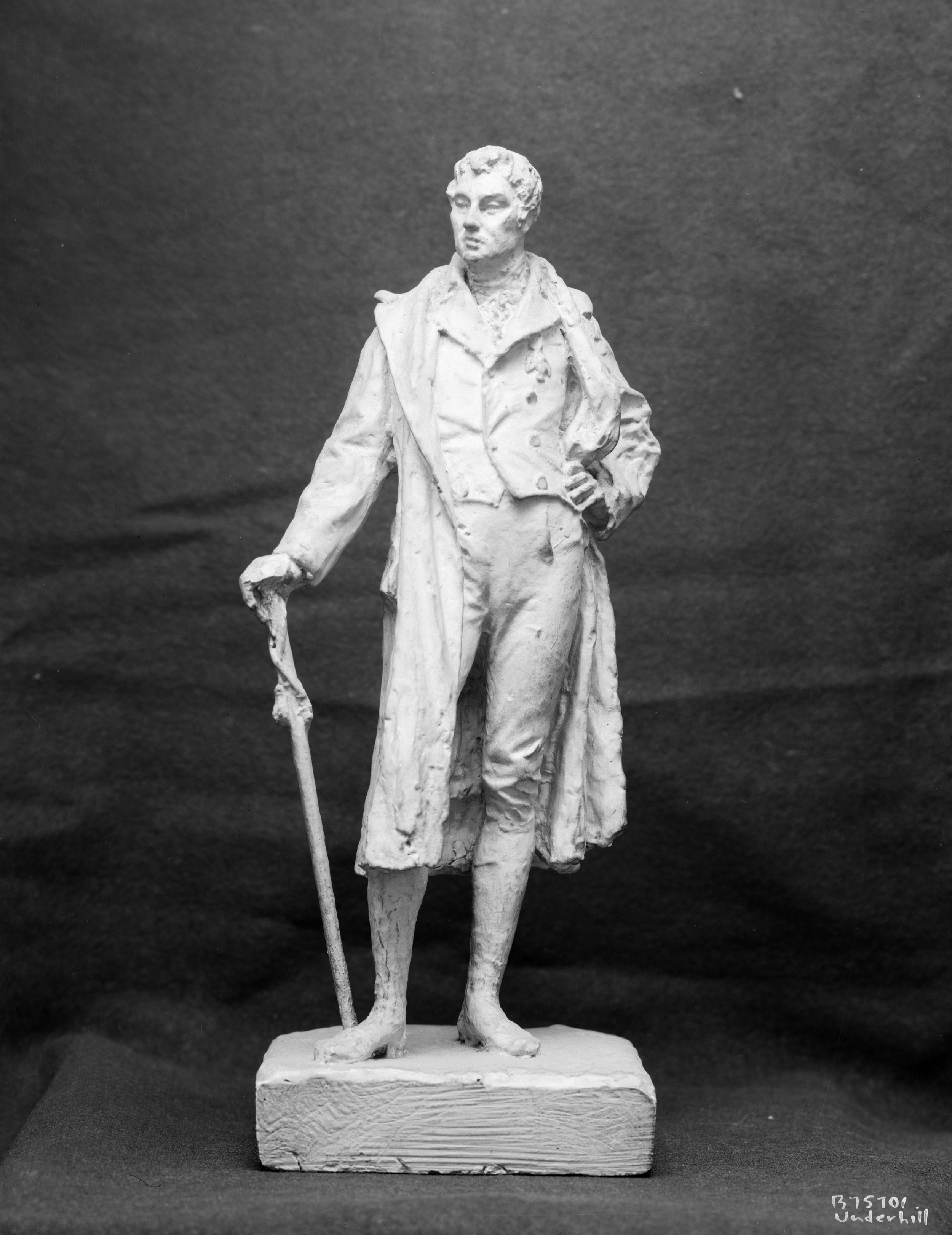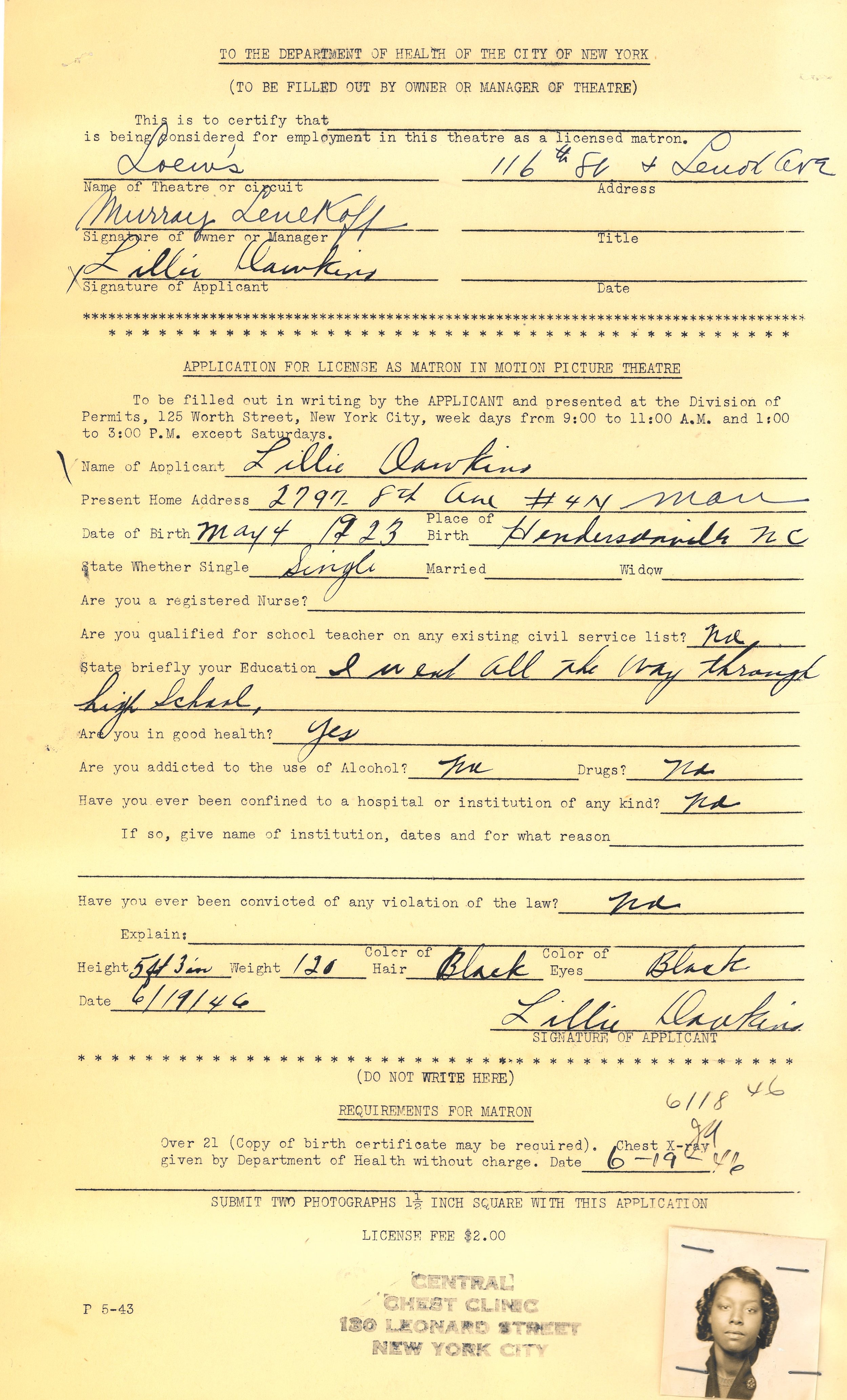This week, For the Record interviews archivist Rossy Mendez about her work assisting a patron researching the 18th-century French statesman, the Marquis de Lafayette.
Portrait, Marquis de Lafayette, n.d. Public Design Commission photograph collection. NYC Municipal Archives.
FTR: What was the nature of the inquiry?
RM: An organization called the American Friends of Lafayette is making plans to celebrate the bicentennial of his tour of the United States in 1824. A member of the Friends group contacted us for help in documenting Lafayette’s six-day stop in New York City.
FTR: How did you start the research?
RM: As we do with most inquiries, we contacted the patron to confirm the topic and learn any details that might help us guide the research. Then, my first stop was the Municipal Archives’ Collection Guide, our online catalog of the holdings. I entered “Lafayette” into the search box.
FTR: What did the results look like?
Resolution, Common Council, 1824, Common Council collection. NYC Municipal Archives.
RM: Well, it turns out there are a lot of things and places named for Lafayette in New York City, but the results did not pop up with any collections or series about the man himself.
FTR: Did you have a plan B?
RM: Yes. I knew the specific date of his visit, so I thought, “what collections do we have with records documenting that time period?” Our mayor’s papers, which are well-indexed always seem to have something pertinent to every topic you can think of, but only date back to 1826, so that was a dead end. But then I considered the other branch of government—the legislature—and their records. Which brought me to the Common Council papers.
FTR: How did you research possible records in the Common Council papers?
RM: The Common Council papers is just one of many series created by the various legislative bodies. But luckily, for the early 19th-century period, there is an inventory we created when the papers prior to 1832 were processed and microfilmed a few years ago. And there he was. The inventory listed two folders, one from 1824 labeled “Special Committee for General Lafayette” and a similar one for 1825. Apparently, he came back for a second visit in 1825.
Letter, Marquis de Lafayette to Common Council, October 12, 1825, page 1, Common Council, 1824, Common Council collection. NYC Municipal Archives.
Letter, Marquis de Lafayette to Common Council, October 12, 1825, page 2, Common Council, 1824, Common Council collection. NYC Municipal Archives.
FTR: What did you find in the folders?
RM: It was great. I found all kinds of correspondence and documents about preparations for his visit, and several about a portrait of the Marquis—or General, as they referred to him. And as I read through the documents it became very clear that he was held in very high regard by the people of New York.
FTR: What about the Proceedings of the Common Council?
RM: I went to the Common Council papers first because this collection has documents received by the Council, such as petitions and letters which I thought would be more interesting than the Proceedings which is a written transcription of its activities. But I did also check the Proceedings. We have both the original handwritten minutes plus the transcribed and printed version. The printed edition is well-indexed. One of the entries referenced a painted portrait of the General.
Resolution, Common Council, 1824, Common Council collection. NYC Municipal Archives.
FTR: Many of the documents are about the painted portrait of the Marquis. Is there anything more in the Archives about this artwork?
RM: I knew we have a photograph collection from the Public Design Commission. It used to be called the Art Commission and they are in charge of all artwork in City-owned buildings. I went to our photograph gallery and typed Lafayette into the search box. It resulted with more than 2,500 pictures! Turns out there are a lot of streets named Lafayette and we have pictures of every house and building along those streets in the Tax photo collections. But then I noticed a photograph of a full-length painted portrait of Lafayette and another picture of a statue.
Statue Marquis de Lafayette, n.d. Public Design Commission photograph collection. NYC Municipal Archives.
FTR: Circling back to the Collection Guide, is it accurate to say that the Common Council papers collection did not come up in the Guide when you searched for “Lafayette” because the inventory where you found his name listed has not yet been linked to that collection in the guide?
RM: Yes, but we’re working on doing just that. Adding inventories and lists to the Guide is one of our current customer service initiatives. It’s a big job, though.
FTR: Good to know. And this is an excellent reminder that the knowledge and experience of our archivists is itself an essential resource of the Municipal Archives.







